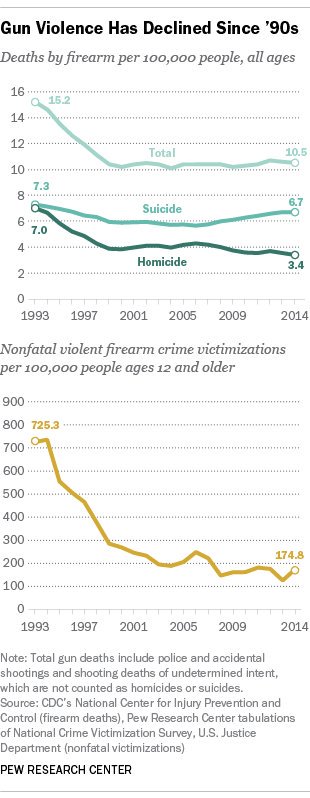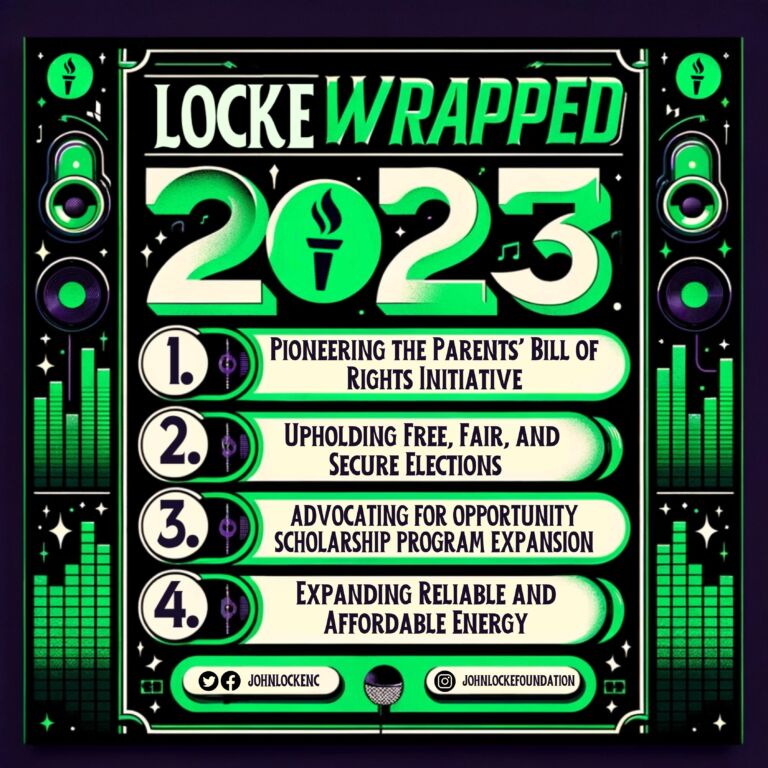A few weeks ago, I cited the dramatic fall in gun violence over the past 20 years that has coincided with the dramatic rise in gun ownership, and then asked:
The Democrats’ case against guns assumes — by which I mean loudly and truculently asserts — the exact opposite from these findings.
Why?
The answer seems to be because that was what was politically expedient then. It’s what the Left needed to be true because the politics of the moment then was for building a rhetorical case for restricting self-evident rights to gun ownership.
A reminder:
the Left puts politics above everything, and that necessarily includes objective truth. The Left champions politically expedient “truth” over fixed truth, regardless of whether today’s “truth” is directly counter to yesterday’s
And yes, what the Left need to be “true” can change that fast. To “not have a fixed truth” (Alinsky) or “abstract truth” (Lenin) not only means being a relativist for the sake of politics, it means enslaving everything to the service of politics. (This is the underlying reason why even the NFL, NBA, NCAA, ad nauseam are bizarrely peddling politics.)
Right now, however — late September in a presidential election year in a tight race — the “truth” about guns and crime that the Left has needed for months and years has to change. (Don’t worry, ye relativist rights restrictors, it will magically change back!) Why does it have to change?
Because the Republican candidate for president, during the presidential debate Sept. 26, said that murders were up. And the politics of the moment now is about defeating him, which requires rebutting him.
Which means acknowledging that crime has been falling since the 1990s and is at historic lows — facts that seriously cripple their anti-guns case.
The Nation writes the day after the debate a story titled and subtitled “Donald Trump’s Wild Portrayal of Crime Is Simply Not True: Do not panic. Even in a bad year, today’s crime rates remain at historic lows”:
Despite the increases cited in yesterday’s FBI report—the rise in murders in 2015 was the largest in both absolute and percentage terms since crime started dropping in the early 1990s—the United States remains an historically safe place to live. The murder rate in 2015 is still lower than it was in 2009, and before 2009 the last time the murder rate was as low as it was last year was in 1964. Overall, 2015 had the third-lowest violent crime rate since at least 1970, and probably even before that, since our older crime stats likely understate crime much more than they do today.
Yes, crime went up in 2015. But crime remained at near historic lows in 2015, too. Both of these statements can be, and are true. Despite the rise in violent crime, we remain safer today than we have been in decades.
This column could have been written by any level-headed columnist on the right. John Hood, for instance, in today’s Carolina Journal:
Crime and law enforcement haven’t been major voting issues in recent elections. It’s not hard to see why. Crime rates have been falling for decades. Lately, North Carolina has actually been outpacing the nation in this regard. From 2012 to 2015, the state’s violent-crime rate fell by nearly two percent and its property-crime rate by 18 percent, vs. national declines of one percent and 13 percent respectively.
But high-profile shootings involving black suspects and law enforcement may be changing the political calculus, it seems to me. Some voters see the Scott shooting and other cases as evidence of institutional racism, inadequate gun laws, or at least poor management and training of police. Other voters see the Black Lives Matter movement and its media enablers as extreme, heedless of the facts of these tragic cases, and endangering the lives of innocent people — most of whom are themselves black or Hispanic — by inducing a “Ferguson effect” in which police officers become less assertive, criminals more assertive, and communities less safe.
The latest federal crime report isn’t reassuring here. In 2015, the U.S. homicide rate jumped 10 percent — one of the biggest annual increases ever. (North Carolina’s rate rose a much-lower but still-troubling three percent.) Nevertheless, keep in mind that homicides, and reported crimes in general, are significantly rarer, in proportion to the population, than they were a generation ago.
Readers may rightly wonder why I am discussing this in the context of gun ownership when the topic is violent crimes in general. Simple: in unpacking the Left’s false case against gun ownership in their previously averred rising crime rate, responsible researchers would differentiate violent crimes committed with guns from violent crimes in general, knowing both rates had been falling for decades while gun ownership had been dramatically rising.
If gun ownership does, as the Left then argued, tend to increase violent crime, then that crime would necessarily be gun crime. It’s not as if the gun would be whispering Hey, take the knife this time, friend. The relevant measure to use to test whether gun ownership increases violent crime would therefore be gun crimes.
On the other hand: if gun ownership does, as supporters argue, tend to dissuade against and ward off violent crime, the crimes averted would not necessarily be gun crimes but crime in general. There’s a reason Sean Connery’s character in The Untouchables chuckled about “bring[ing] a knife to a gun fight.”
Here again are data concerning gun ownership and gun-related violent crimes. A Congressional Research Service study released in August 2015 found that, from 1994 to 2009, gun ownership increased from 192 million firearms to 310 million.
The same CRS study showed that the firearm murder rate has been falling for the past two decades. Pew Research Center has concurred and shown that the rate of nonfatal firearm crime victimizations has also fallen dramatically over the past two decades:



